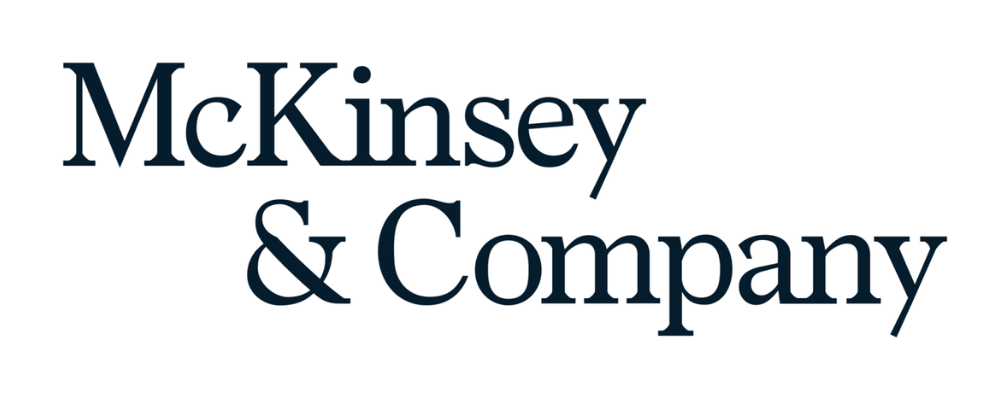
Cue the fireworks: The United States will turn 250 next year. It’s a big birthday, and as anyone who has turned 18 or 50 or 75 will know, a milestone like this presents an occasion for both celebration and reflection. The cause for rejoicing is clear: By many accounts, the United States is the longest-lived constitutional democracy in history. The reasons for reflection are equally evident: The journey to this point hasn’t always been easy, and the road ahead, while promising, is of course uncertain. As that eminent American philosopher Yogi Berra reputedly said, “It’s difficult to make predictions, especially about the future.”
On this epic voyage, presidential transitions provide useful way stations; they’re a good time to take stock of the nation’s health. Sometimes, as in 1861, the outlook is quite bleak. Knowing this, Abraham Lincoln suggested that the “mystic chords of memory” might renew the bonds of affection in a divided nation. Sometimes the nation badly needs a pep talk, as in 1981, when Ronald Reagan assured Americans that they were “ready to do what must be done to ensure happiness and liberty for ourselves, our children, and our children’s children.”
Presidential transitions are also a time to imagine new possibilities as Americans reconsider how they view themselves, their institutions, and their place in the world. Consider the shifts in the country’s outlook marked by the elections of leaders such as Andrew Jackson (1829 to 1837), the first president from west of the Appalachian Mountains; Franklin D. Roosevelt (1933 to 1945), who reminded Americans that “the only thing we have to fear is fear itself”; and John F. Kennedy (1961 to 1963), a young and vigorous leader who said that “the torch has been passed to a new generation of Americans.”
One constant across the nation’s history is the spirit of experimentation. Many scholars have noted that 1776 was an unprecedented trial of new political ideas. Today, the experimentation continues, as the problems the country faces are real, immediate, and acute. The world is more challenging now than it was even four years ago when President Biden took office, or eight years ago when President Trump took office for the first time. The country faces new geopolitical realities amid mounting tensions, including wars in Europe and the Midde East, rising competition with China, and concomitant trade and supply chain disruptions. Persistent inflation continues to affect Americans. And in the background, long-standing challenges continue to build, including an unprecedented level of federal debt and an aging population.
But if the problems are real, so, too, is the potential. Changes in leadership—whether in government or business—present great opportunities. McKinsey first supported a US presidential transition in 1952, with the handoff from Harry S. Truman to Dwight D. Eisenhower. Similarly, we have worked with dozens of governors and mayors and their teams across the country during their transitions. Over that time, we have also worked with thousands of newly appointed CEOs in the private sector as they negotiated their transitions. We know firsthand that government is not business, and business is not government. Yet we also know that leadership is a discipline whose timeless lessons can work in any context.
Starting today and continuing for the next week, as part of our America at 250 series, we will offer one essay each day on the opportunities facing the nation. We hope these ideas will spur thoughtful and productive discussion in a way that is helpful for the country’s leaders, the people they serve, the companies they lead and work for, and the nation.
Here’s a sneak preview of what’s to come:
April 23: ‘How American business can prosper in the new geopolitical era’ outlines ten dimensions of change for trade, economics, and security and explores the strategies American businesses can use to help ensure long-term success.
April 24: ‘Boosting productivity in the US federal government’ presents a comprehensive strategy for government leaders to enhance efficiency by reducing fraud, waste, and abuse and improving operational effectiveness through radical transparency and better resource alignment.
April 25: ‘Capturing performance opportunities in US state and local governments’ outlines six critical strategies—simplify, orchestrate, digitalize, automate, reorganize, and strengthen—that state and local government leaders can adopt to improve operational efficiency amid reduced federal funding.
April 28: ‘Empowering the US workforce’ calls for human capital development to meet the demands of automation and AI and stresses the importance of promoting internal mobility within organizations, offering flexible work arrangements, and tapping into unconventional talent pools to address labor shortages.
April 29: ‘Powering a new era of US energy demand’ examines what the United States will need to achieve energy abundance, focusing on rapid and sustained growth in baseload, dispatchable generation, and grid capacity.
April 30: ‘Advancing America’s holistic health’ underscores the importance of a resilient healthcare system that adapts to changing demographics and health needs by embracing innovation to enhance well-being and economic stability.
May 1: ‘An inside-out approach to leadership’ emphasizes that human-centric leadership—focused on self-awareness, humility, vulnerability, and empowering others—is essential for navigating the complexities of modern leadership in the public sector.
Since McKinsey’s founding, in 1926, and every day since (we also have a big anniversary coming up—our 100th), we have had the privilege of working with leaders, innovators, and changemakers in every corner of the world and every sector—public, private, and social—to develop the insights that help them succeed. Over that time, we have learned that good ideas are scarce and valuable. We hope this series provides a few good ideas, or at least food for thought. To use Lincoln’s words, “nothing valuable can be lost by taking time” for reflection. The country’s challenges are visible everywhere. But today, America has everything it needs to build a resilient and prosperous country in 2025, 2026, and for the next 250 years.
At time of publishing, countries worldwide are actively revising tariff and trade policies. Final outcomes and implications for government, business, and individuals are highly uncertain.
“Our firm is designed to operate as one—a single global partnership united by a strong set of values. We are equally committed to both sides of our mission: attracting and developing a talented and diverse group of colleagues and helping our clients create meaningful and lasting change.
From the C-suite to the front line, we partner with clients to help them innovate more sustainably, achieve lasting gains in performance, and build workforces that will thrive for this generation and the next.”
Please visit the firm link to site




